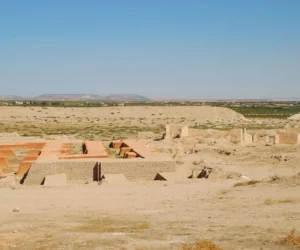Introduction to Qatna Qatna, also known as Tell el-Mishrife, was an ancient city in Homs Governorate, Syria. Its remains form a tell located about 18 km northeast of Homs, near al-Mishrifeh village. The city was a significant center during the second millennium BC and the first half of the first millennium BC. Historical Significance Qatna…
Canaanite civilization
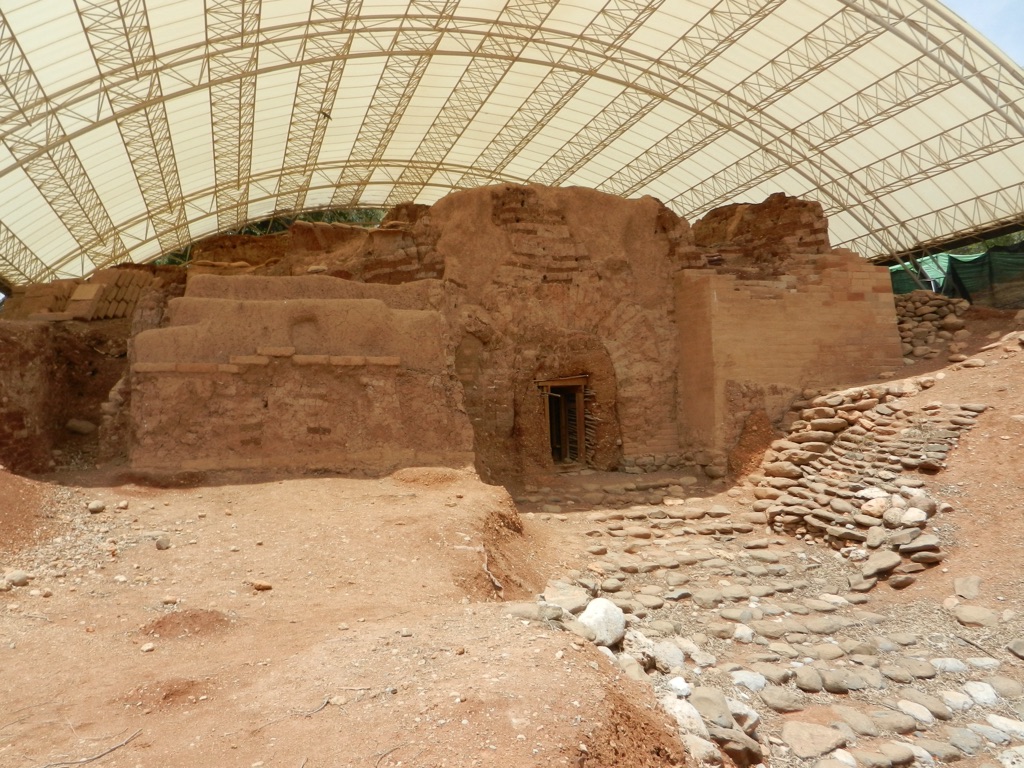
The Canaanite civilization, flourishing in the ancient Near East, is a term used to describe the cultures and peoples inhabiting the region roughly corresponding to modern-day Lebanon, Israel, Palestine, and parts of Jordan, Syria, and Turkey. This civilization, which reached its zenith during the 2nd millennium BCE, was part of the larger Bronze Age context of the area. The Canaanites were not a single, homogeneous people but rather a group of city-states and tribes sharing similar languages, religious beliefs, and cultural practices. Their society was highly influential in the development of the alphabet, religious concepts, and urban planning, leaving a lasting legacy on subsequent civilizations in the region.
Canaanite religion was polytheistic, with a pantheon of gods and goddesses worshipped in various city-states. Among the most prominent deities were El, the supreme god; Baal, the god of storms and fertility; Asherah, the mother goddess; and Anat, the goddess of war and fertility. These deities were believed to interact directly with the world, requiring rituals, sacrifices, and temples to appease them. The Canaanites’ religious practices and myths would later influence the religious texts and practices of the Abrahamic religions, notably through the incorporation of some Canaanite deities into their narratives as either gods or as figures to be opposed.
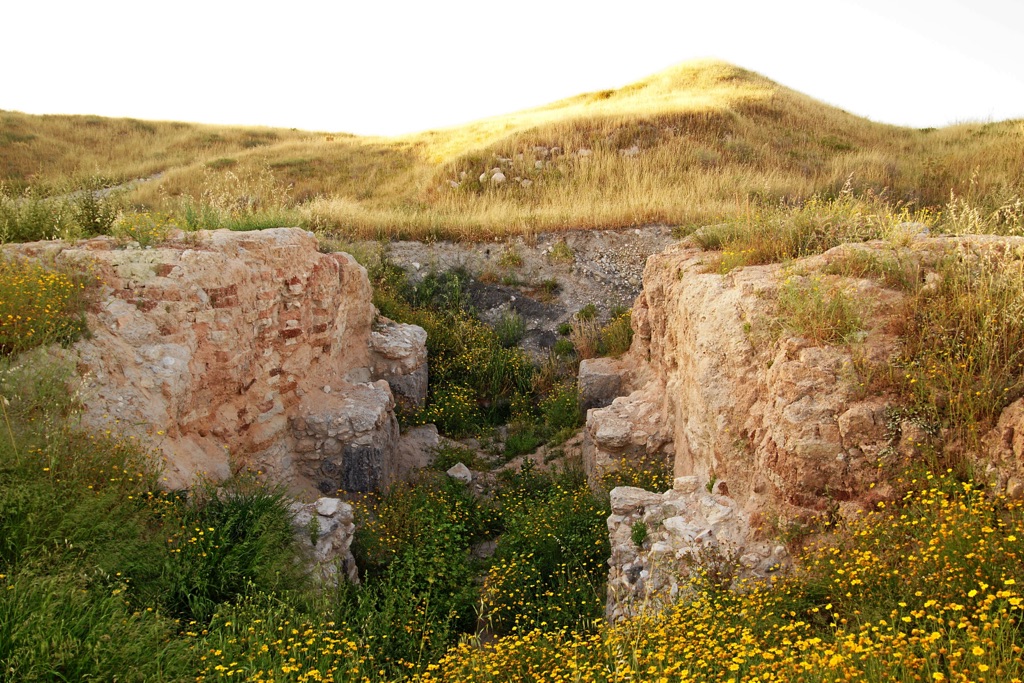
Economically, the Canaanites were adept traders and seafarers, establishing extensive trade networks across the Mediterranean, reaching as far as Egypt, the Aegean, and possibly even the British Isles. They traded goods such as olive oil, wine, precious metals, and dyed textiles, particularly the famous Tyrian purple, which was highly prized in antiquity. Their strategic position along important trade routes not only facilitated their economic prosperity but also led to cultural exchanges and influences with neighboring civilizations, including the Egyptians, Hittites, and later the Greeks and Phoenicians, the latter often considered direct descendants of the Canaanite civilization.
The decline of the Canaanite civilization was a gradual process influenced by a combination of factors, including natural disasters, economic troubles, and military defeats. The Late Bronze Age collapse, a period of widespread societal collapse in the Eastern Mediterranean around 1200 BCE, significantly affected Canaan, leading to the decline of city-states and the rise of new groups, such as the Israelites, Philistines, and Arameans, within their territories. Despite their decline, the Canaanites left an indelible mark on the history and culture of the region, with their contributions to language, religion, and trade continuing to influence the development of Western civilization.
FAQ: Deciphering the Canaanites – An Ancient People Unveiled
What race were the Canaanites?
The Canaanites were not a race in the modern understanding of biological or genetic categorizations but were a Semitic-speaking group of people in the ancient Near East. They inhabited the region known as Canaan, which encompasses modern-day Israel, Palestine, Lebanon, and parts of Syria and Jordan. The term “race” as applied to the Canaanites more accurately refers to their cultural and linguistic affiliations rather than distinct physical or genetic characteristics.
What is Canaanite called today?
Today, the term “Canaanite” is not used to describe any living group of people but refers to the ancient cultures and civilizations that flourished in the Levant region during the Bronze Age and early Iron Age. The geographical area once known as Canaan is now divided among several modern countries, including Israel, Palestine, Lebanon, and parts of Syria and Jordan. The cultural and linguistic heritage of the Canaanites has influenced the development of subsequent civilizations in the region, but the direct use of the term has faded from contemporary identification.
Who are the Canaanites descended from?
According to biblical tradition, the Canaanites are descended from Canaan, the grandson of Noah, making them part of the broader Semitic peoples. This lineage places them within the ancient Near Eastern cultural and linguistic mosaic. Archaeological and historical evidence suggests that the Canaanites emerged from the mix of peoples inhabiting the Levant during the early Bronze Age, around 3000 to 2000 BCE. Their development was influenced by their interactions with neighboring civilizations, including the Egyptians, Hittites, and later the Israelites.
Who has the most Canaanite DNA?
Recent genetic studies have shown that the modern populations of Lebanon have the highest percentage of Canaanite DNA, indicating a substantial genetic continuity in the region despite the numerous conquests and civilizations that have passed through. These studies have revealed that more than 90% of the genetic ancestry of present-day Lebanese can be traced back to the Canaanites, suggesting a remarkable degree of genetic resilience and continuity over millennia. This finding underscores the deep historical roots of the people in this region and highlights the lasting legacy of the Canaanites in the genetic makeup of populations in the Levant.
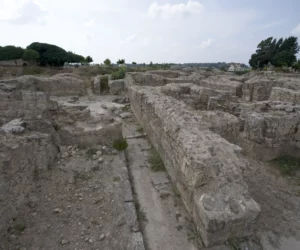
Royal Palace of Ugarit
The Royal Palace of Ugarit: A Glimpse into Ancient Majesty Perched on Syria’s dramatic Mediterranean coast, the Royal Palace of Ugarit once served as the regal residence for the city’s powerful rulers. Discovered and excavated in the 1930s by French archaeologist Claude F. A. Schaeffer, the palace stands as a pivotal archaeological find, offering a…
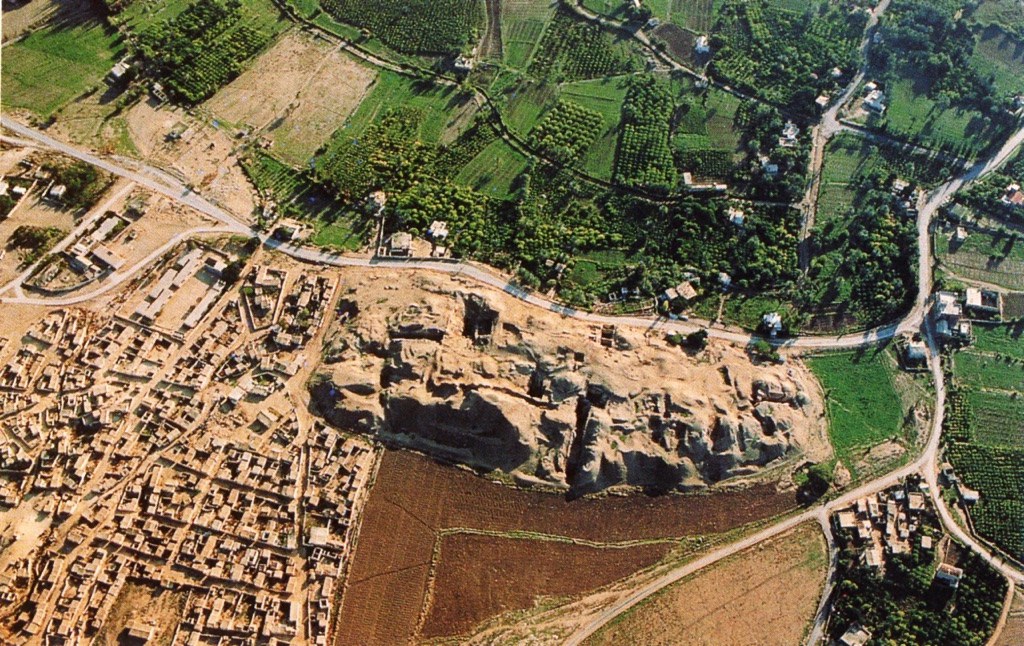
Tell es-Sultan (Ancient Jericho)
Tell es-Sultan, also known as ancient Jericho, is one of the oldest inhabited cities in the world. Located in the West Bank, near the Jordan River, it’s a site of immense historical and archaeological significance. Excavations have revealed a sequence of settlements stretching back thousands of years, providing insights into early urban development in the Near East. The site is synonymous with the biblical story of the fall of Jericho’s walls, although its history spans far beyond that singular event.
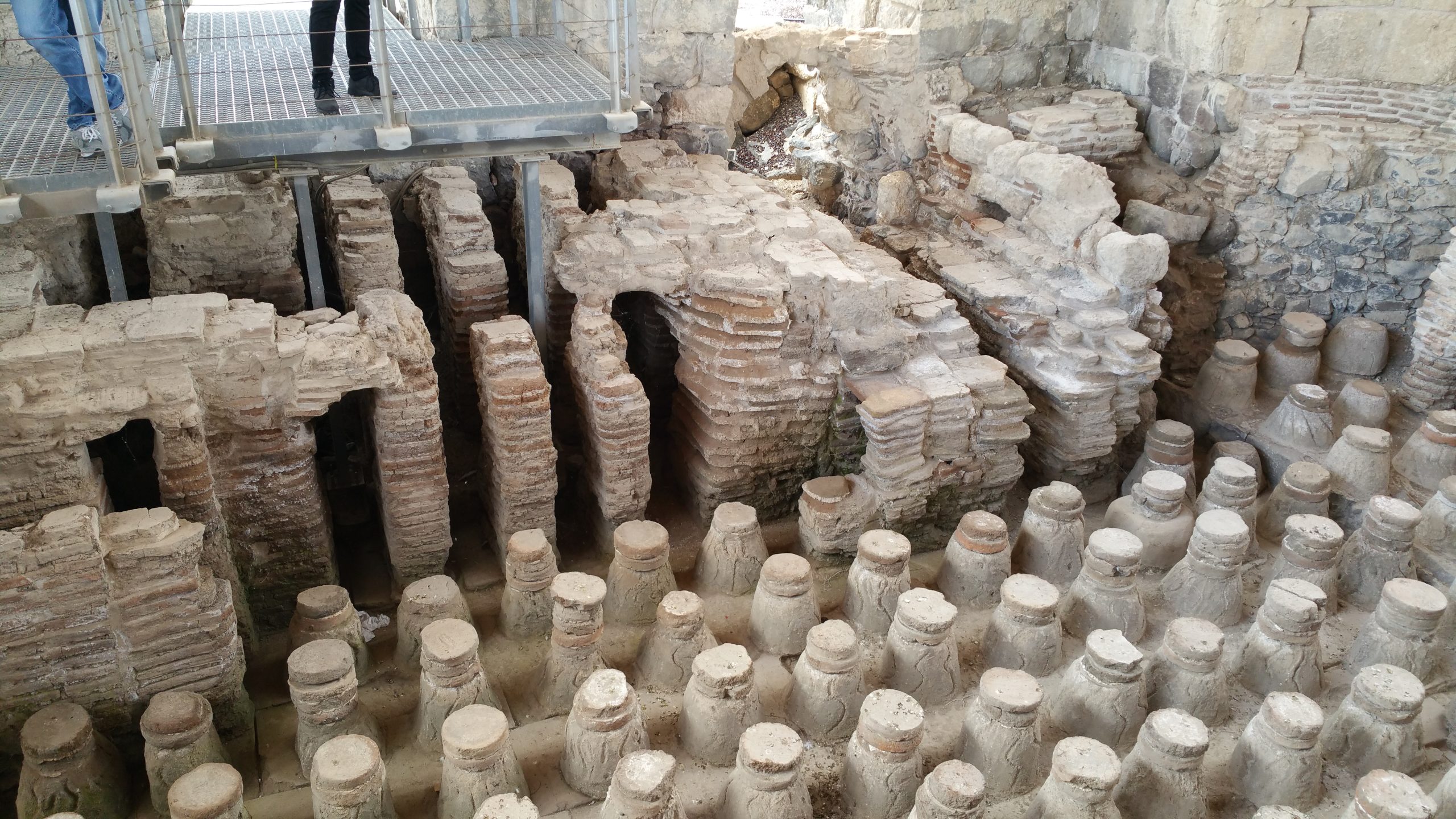
Beit She’an
Beit She’an is a historical gem located in the Jordan Valley of northeastern Israel. Known for its rich layers of human civilization, it has been a crossroads of cultures for millennia. The city boasts a history that stretches back to the 5th millennium BCE, making it one of the oldest continuously inhabited sites in the world. Its strategic location made it a coveted prize for a succession of empires, including the Egyptians, Romans, and Byzantines. Today, Beit She’an’s extensive archaeological park reveals a cityscape dotted with ancient ruins, including a Roman theater, bathhouses, and Byzantine streets, offering a window into the past for visitors and scholars alike.
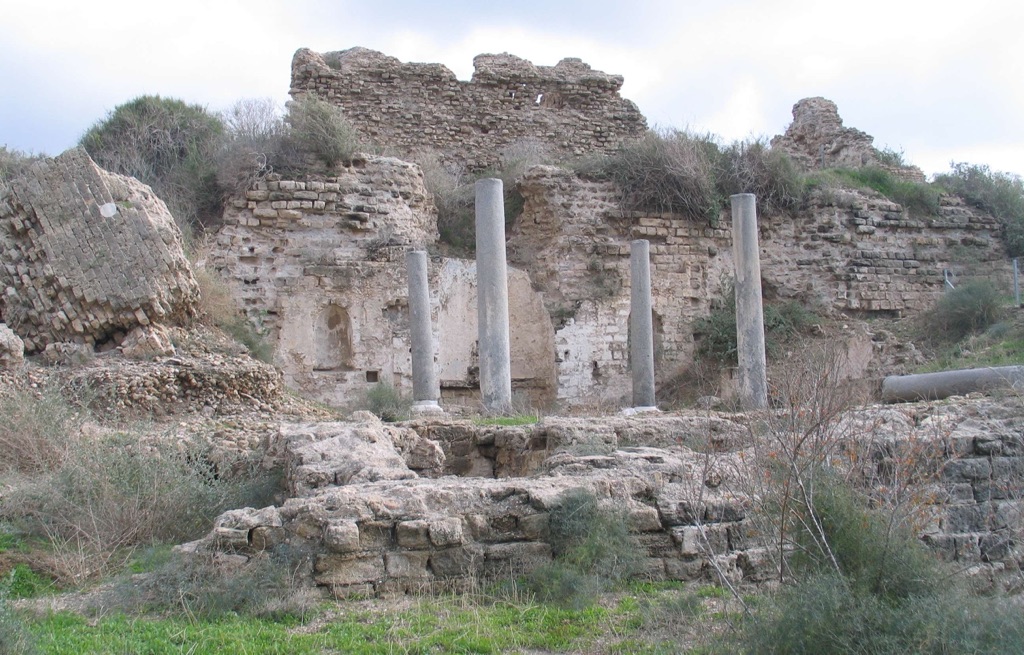
Ashkelon National Park
Ashkelon National Park is a historical gem located on the southern coast of Israel. It encompasses the ancient city of Ashkelon, which has a rich history spanning over 4,000 years. The park showcases remnants from different civilizations, including the Canaanites, Philistines, Persians, and Romans. It’s a treasure trove for archaeologists and history enthusiasts alike, offering insights into the ancient world through its ruins and artifacts.
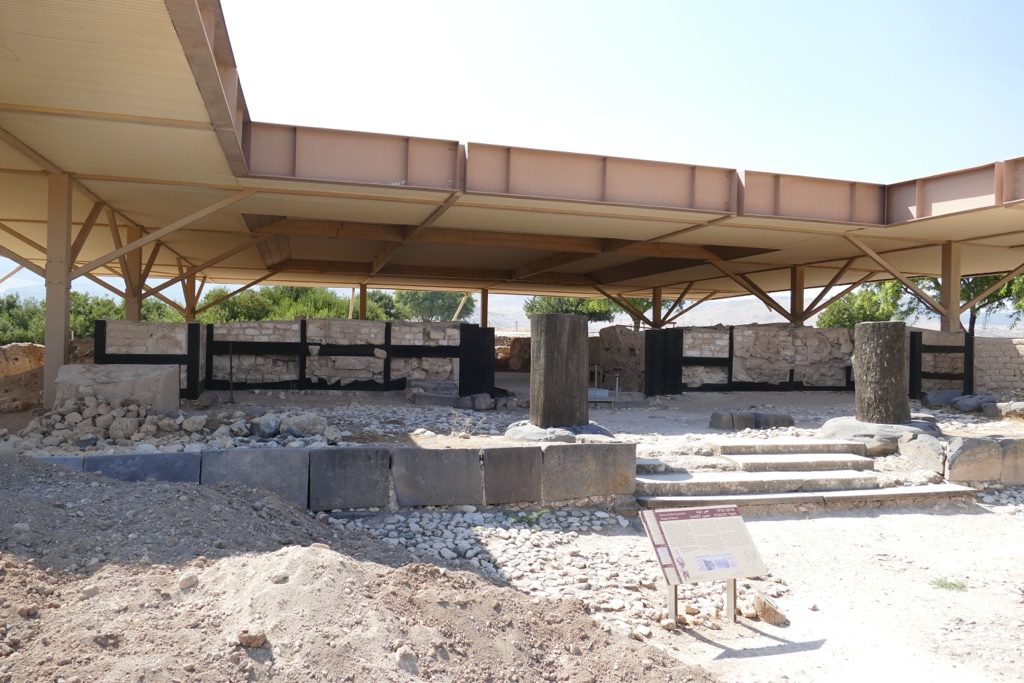
Hazor Israel
Hazor, located in Israel, stands as a testament to ancient civilizations and their complexities. This significant archaeological site once served as a major city in the Canaanite and Israelite periods. It boasts a rich history that spans several millennia, with its origins tracing back to the Bronze Age. Hazor’s strategic location on trade routes made it a focal point of economic and political power. Over time, it experienced destruction and rebirth, reflecting the turbulent history of the region. Today, Hazor offers invaluable insights into the past, with its ruins providing evidence of its former glory and the events that shaped its history.

